- Home
- slideshows
- miscellaneous
- Photos show what living in 17 countries with 'extremely high water stress' looks like on the ground
Photos show what living in 17 countries with 'extremely high water stress' looks like on the ground
The World Resource Institute released new data showing the levels of water stress across the globe. The map shows water stress (marked in red) is often near the equator.

Qatar, a desert state without a single river, is the most water-stressed country in the world. Due to a growing economy and population, water use rose from 437 million cubic meters to 741 million cubic meters between 2006 and 2013. Households use the most water, followed by agriculture and then industry.
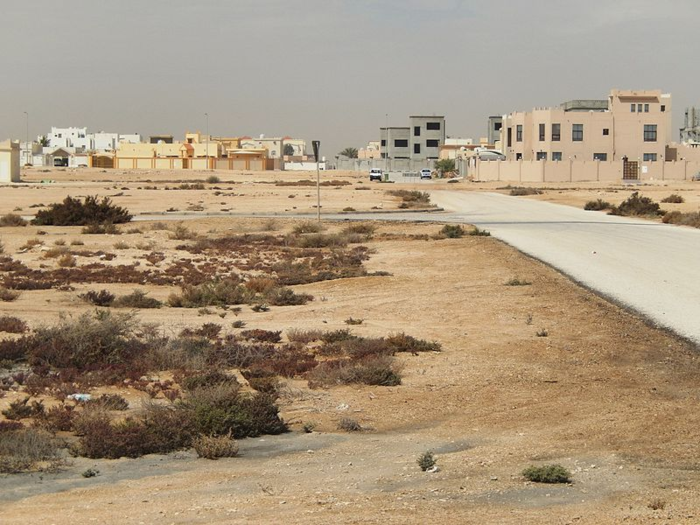
Israel, the second worst, has been dealing with droughts since 2013. In 2018, Israel's official water authority said its lakes, rivers, and aquifers were sitting at 100-year-lows. In recent years, five desalination plants were built on the Mediterranean coast, which provide 70% of the country's drinking water.
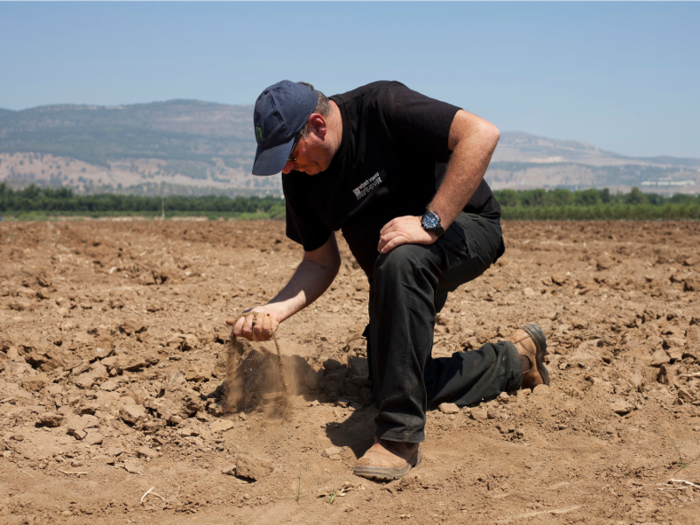
Source: Times of Israel
In Lebanon, the high pressure on water use is due to poor water storage, water pollution, and misuse by people at home and in the agricultural sector.
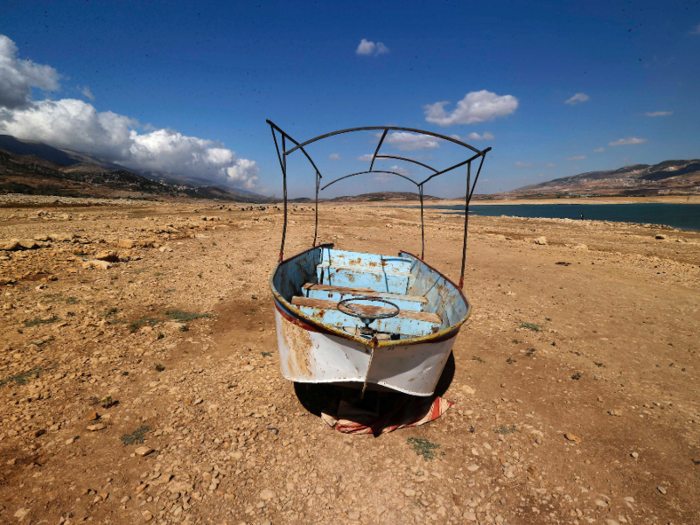
Source: Inter Press Service
In Iran, massive holes caused by drought and water pumping emerged in the Hamadan province in 2018. Some of the sinkholes go nearly 200 feet deep. Rapid population growth, inefficient agriculture, and mismanagement of water use are driving Iran's water struggles, Al Jazeera reported.
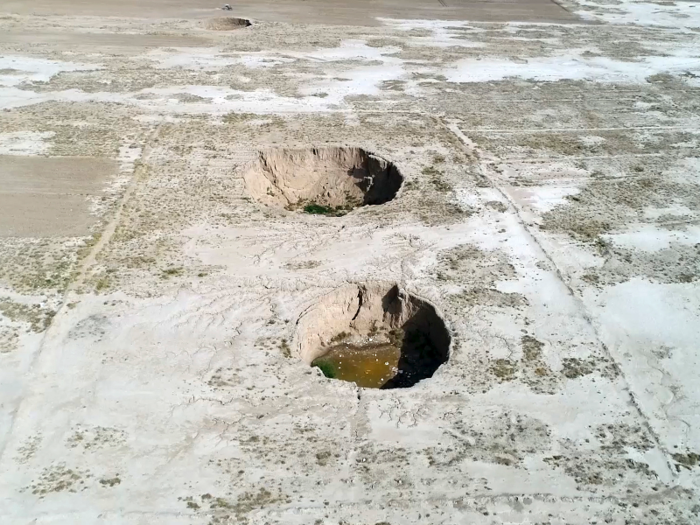
Source: Al Jazeera
In Jordan, water conservation is so important that it's now a school subject, alongside math and science. In Amman, the capital, some neighborhoods only get running water for 12-24 hours a week.
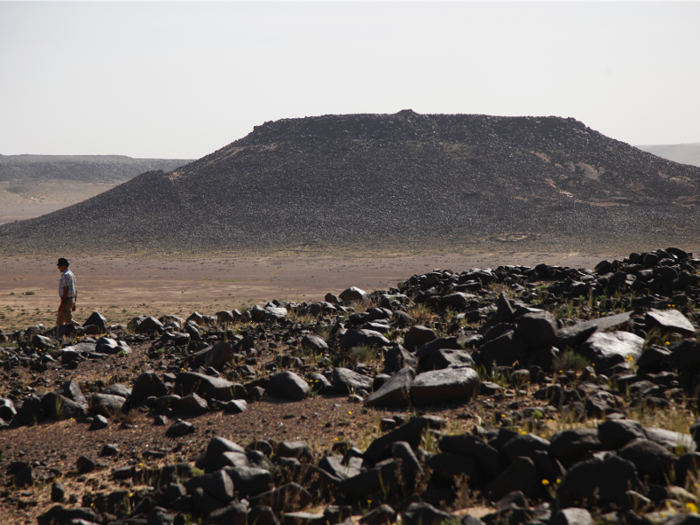
Source: Circle of Blue
Water supplies in Libya, which sits in a desert and doesn't get much rain, are limited. Access to water has also been weaponized. In May 2019, gunmen forced water workers to turn off supplies to Tripoli for two days, in an effort to force the release of a detained relative.
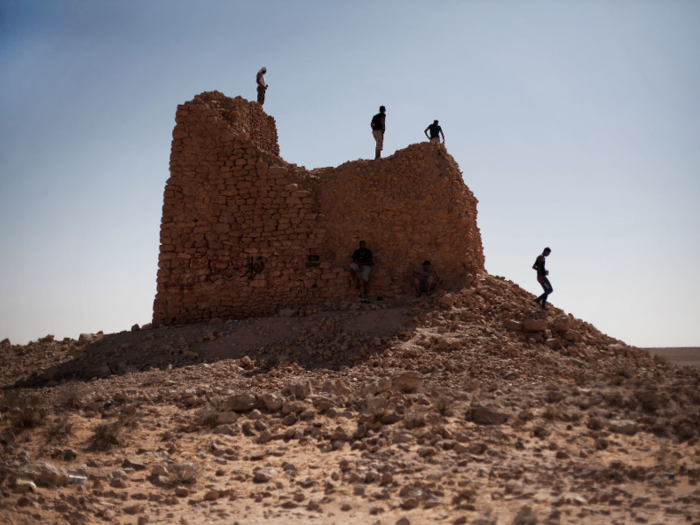
Source: Reuters
Here's a close-up on the Middle East and North Africa, the worst region in the world for water stress, with 12 of the top 17 countries. The red indicates "extremely high" stress.
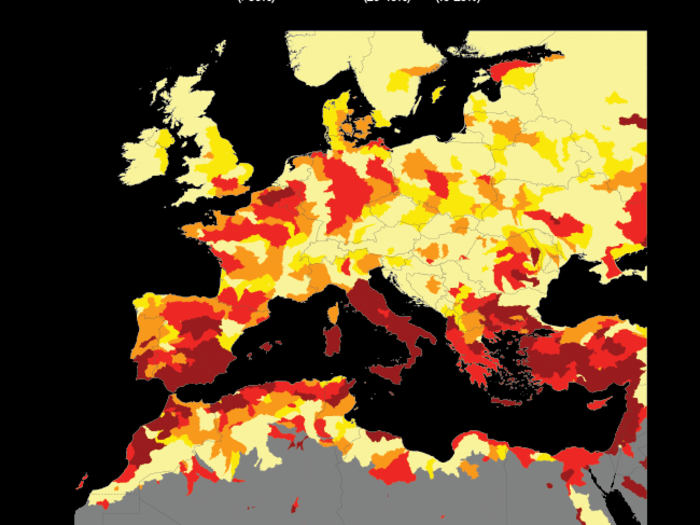
In Kuwait, about 99% of fresh water comes from desalination. The process of converting saltwater to fresh is increasing globally as freshwater sources decrease — there are nearly 20,000 plants now operating worldwide.
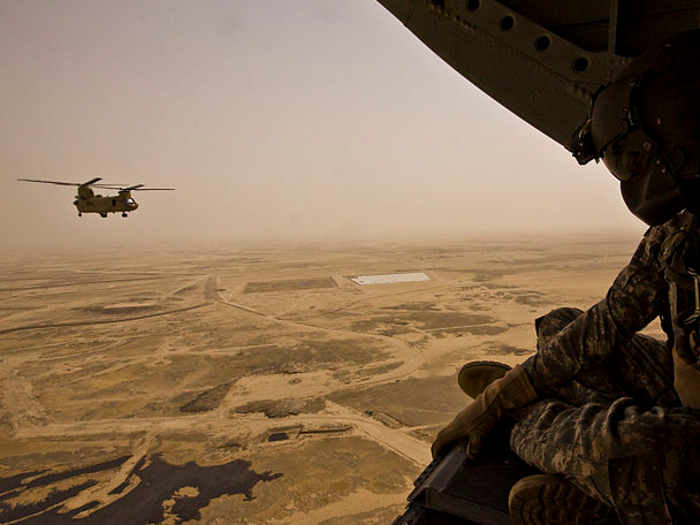
In Saudi Arabia, each person consumes an average of 70 gallons a day – double the global average. The country is trying to cut back water use. It also has 31 desalination plants, and prices water to incentivize conservation.
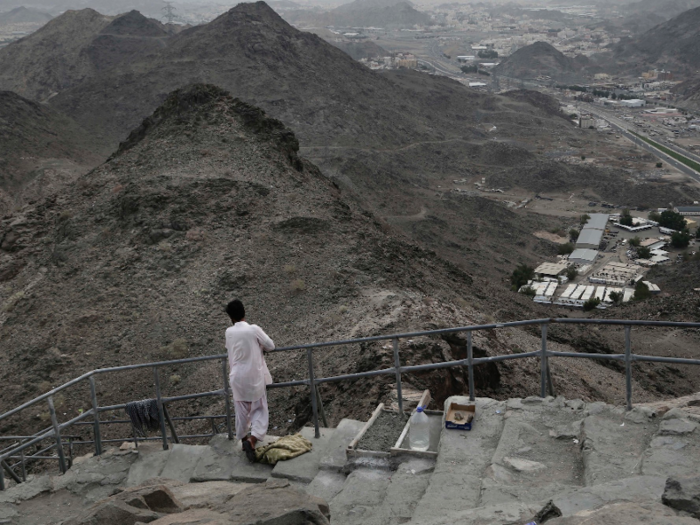
Source: The Guardian, World Resource Institute
Eritrea struggles with water. It's an arid nation with an average annual rainfall of just 15 inches. Because of this, and struggling infrastructure, 42% of the population does not have daily access to drinking water.
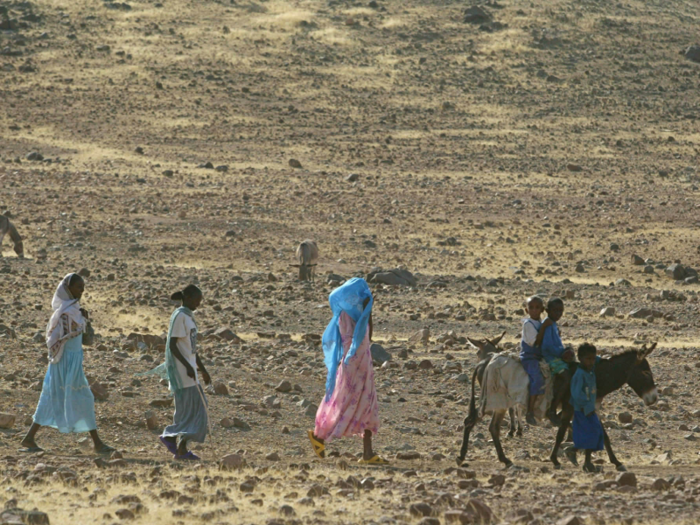
Source: Borgen Magazine
The United Arab Emirates, which consumes about 1.5 billion gallons a day, is trying to make its desalinated water more environmentally friendly. Here, glasses of desalinated water are being prepared for dignitaries.

Source: Quartz
Surrounded by Italy, San Marino is only 24 square miles. It's landlocked, without any bodies of water. It's the only country in Europe that's in the "extremely high" category of water stress.
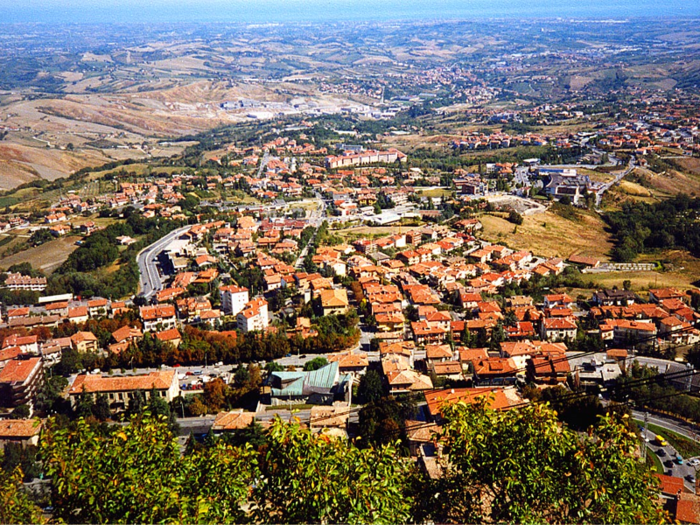
Bahrain is an arid island country in the Persian Gulf. Due to overuse, its main aquifer was contaminated with salt water in 2009, according to a United Nations report.
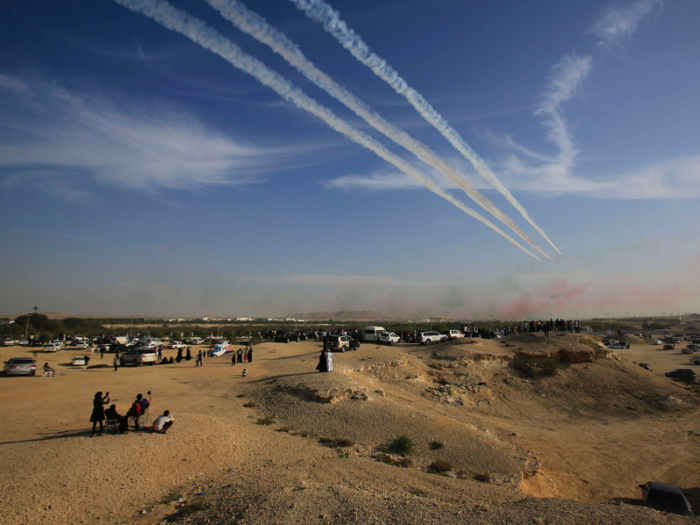
India, which has had severe droughts in 2019, particularly in Chennai in the south, has nearly 1.4 billion people — three times the population of the other top 16 countries on this list combined. The country's groundwater resources are stressed primarily due to population growth, low rainfall, and agriculture.
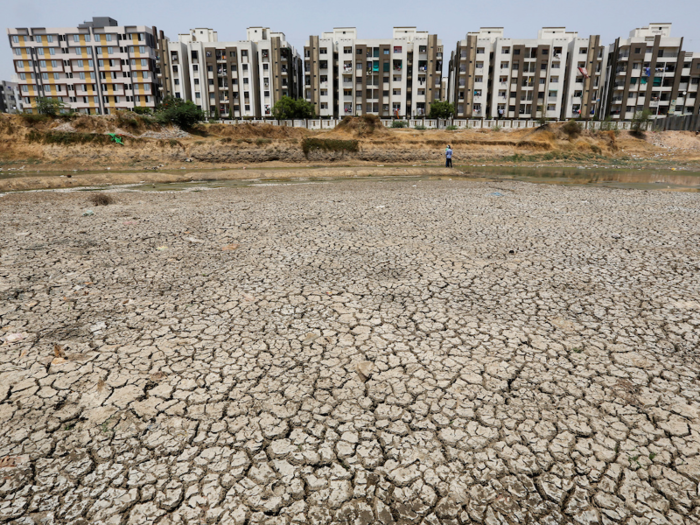
Here's a map of the most stressed part of India. The country is taking steps to help with the issue, including establishing a specific ministry for water issues.
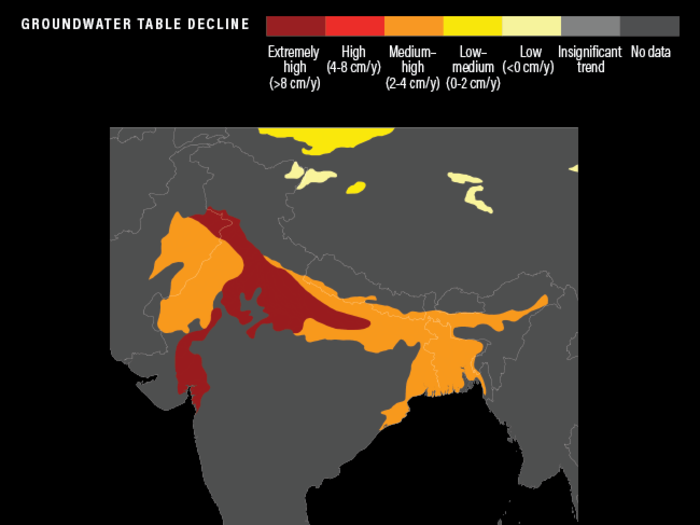
Source: World Resource Institute
Pakistan has the world's fourth-highest rate of water use, and two of the key factors for water stress are population growth and urbanization.
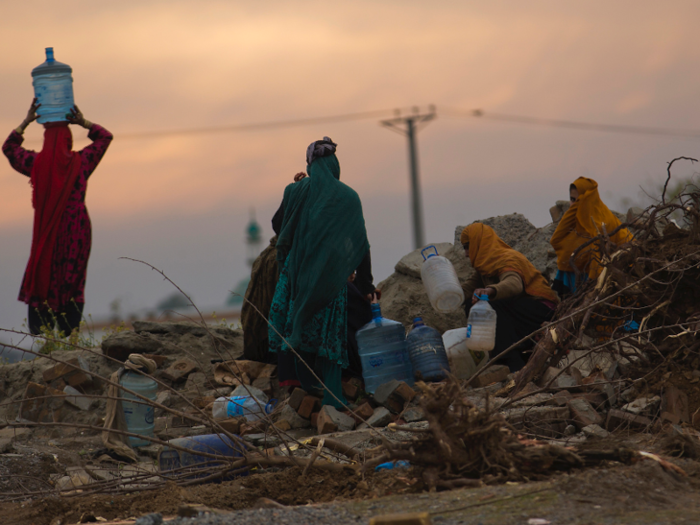
Source: DW
Turkmenistan is 80% desert, and government mismanagement has put stress on water use. The country entered the Guinness Book of Records for having the most fountains in a public space in 2008. Seen here, the government is opening a 6,500-square-foot Golden Age Lake, designed to encourage greenery, but which environmentalists say will simply evaporate, leaving salt and pesticides.

Source: The Diplomat
This might look like Mars, but it's Oman. The desolate desert resembles the Red Planet so much that scientists used it to field-test equipment in 2018. Oman is one country that is doing its best to harness its wastewater. It treats all of its wastewater and reuses nearly 80% of it, according to the WRI report.
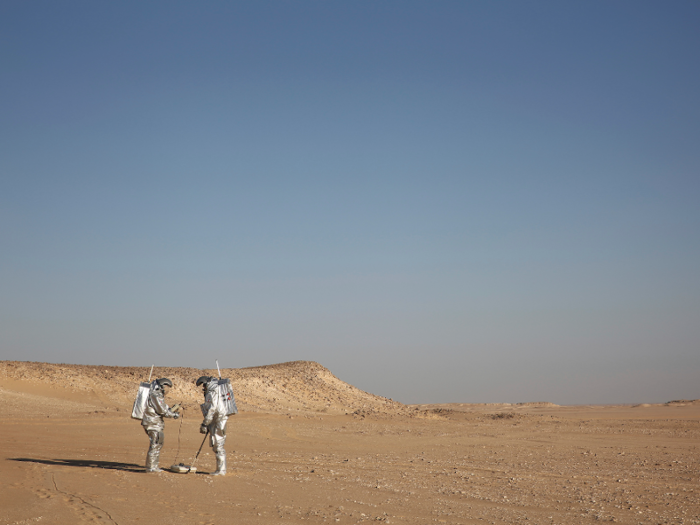
Sources: National Geographic, World Research Institute
Botswana has been dealing with water issues and droughts for years, due to low rainfall, urban growth, and poor infrastructure. Along with South Africa and Namibia, Botswana has agreed to import water from Lesotho, using a 224-mile pipeline that will run across South Africa.
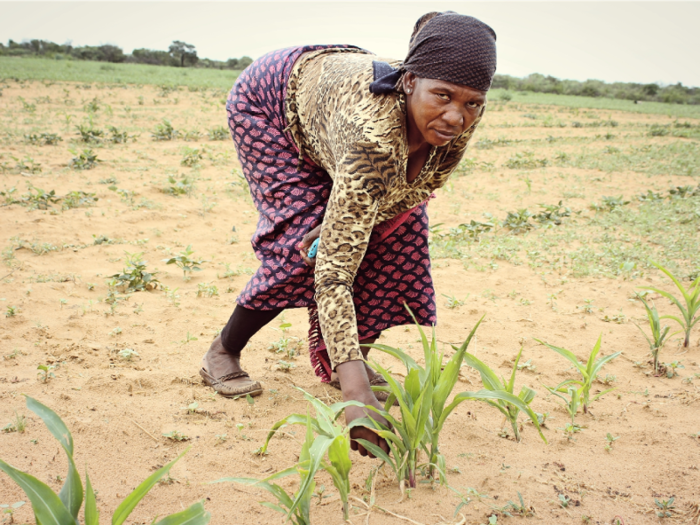
Source: Assar, African Farming
The World Health Organization predicts that by 2025, over half of the world's population will be living in areas that are water-stressed. And climate change is projected to make water availability, rain, and drought more variable. If countries that are water stressed now don't start to make changes, things could just keep getting worse.
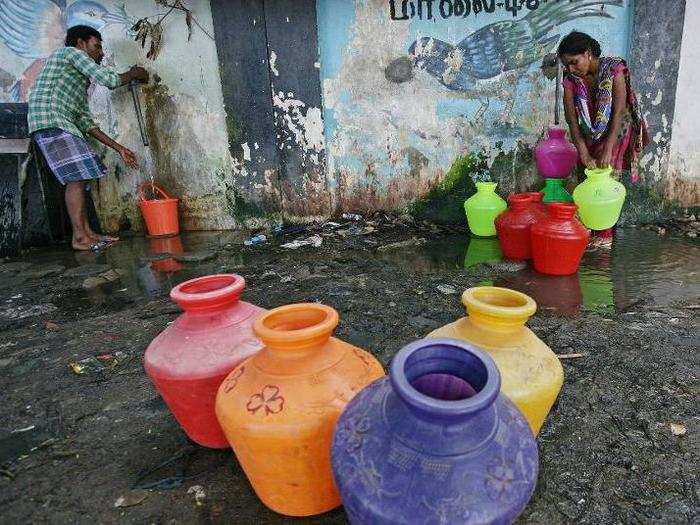
Popular Right Now
Popular Keywords
Advertisement